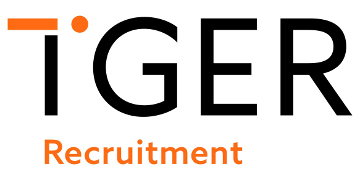Programs focused on underrepresented people of colour are particularly critical considering the disproportionate effect of the pandemic on these groups.
A study by APM Research Labs showed the overall COVID-19 mortality rate for Black Americans is more than double the rate for other ethnic groups, an inequity that is mirrored in England and Wales.
Like all aspects of business, diversity and inclusion initiatives have begun to shift to a remote approach.
The good news is that groups and programs designed to support employees can meet and communicate virtually, such as Employee Resource Groups (ERGs).
While there is no playbook for how to support employees during a pandemic, there are ways to cultivate and nurture diversity and inclusion when working apart.
Communicate and engage often
Employers proactively initiate communications and engagement. For instance, we started by talking with the leaders of our ERGs and launching a series of sessions to keep the lines of dialogue open among our community, with several of our black and brown employees sharing perspectives on their life experiences.
These sessions are most successful when leaders ask employees for feedback and then use that information to shape upcoming programming.
Listening is the key to establishing new levels of trust and transparency. In fact, leaders should over communicate with their teams to enhance engagement and to maintain a sense of community.
Commit to D&I
Outward vocal commitments followed by concrete actions and responses demonstrate to employees that an organisation is committed to diversity and inclusion.
While political and societal unrest can bring discomfort, it also provides growing resources for employers to sign onto initiatives and advocacy efforts and make public statements, internally and externally, for example, around racial injustice for people of colour.
However, these actions are meaningless unless rooted in action. Employers must implement a robust program to grow, cultivate and support diverse talent while providing learning opportunities designed to foster a supportive and inclusive environment.
Hire with D&I in mind
While building a robust pipeline of diverse candidates can be challenging, given that the traditional method of engagement via conferences and venues is limited, organisations must embrace new technologies to engage with potential employees through virtual meetings or proprietary events.
For instance, the Spelhouse Symposiums, which connect candidates from historically black US colleges to employers, moved to an online event with revised content advising attendees on how to navigate the marketplace during a pandemic.
Companies should leverage these opportunities to talk about COVID-19 with candidates and outline future plans, information that is especially crucial when speaking to candidates of colour who may have concerns that they’ll be further marginalised as a result of the pandemic’s impact on working life.
With the impact of COVID-19 putting a squeeze on many organisations, employees may have concerns that groups and programs they rely upon for support, development and empowerment could be deprioritised or eliminated.
By shifting inclusion initiatives to a virtual model that includes proactive communication and creative approaches to hiring, company leadership can demonstrate to all employees that they are a valuable part of the business’s success and future.
Keisha Bell is managing director and head of diverse talent management at financial services company DTCC.
Further reading:
BAME workers feel they have to mask identity at work
Black Lives Matter: now it's time to act
Businesses leaders count diversity as top priority to improve productivity
Case study: EY's commitment to diversity and inclusion
FTSE 350 ethnic diversity needs action not words following Parker Review










